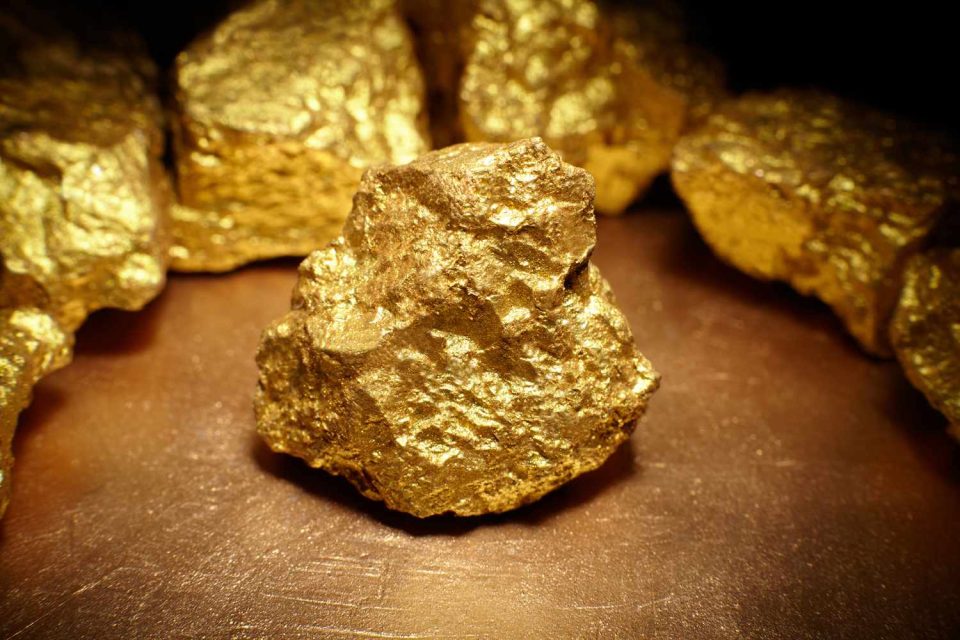The world bullion market is on its toes, so to speak. When Israel launched strikes on Iran’s consulate in Damascus, the capital of Syria, on April 1, the price of gold shot up to $2,300 per ounce.
And now with Iran retaliating on Saturday night, firing over 200 drones and missiles, the oil and gold markets will be on tenterhooks.
“Israel’s bombing of the Iran consulate drove the price of gold past $2,300 per ounce, or about 40,000 baht per baht [15.244 grams] in Thailand. We used to think that such a high level is likely to be achieved only after the US Federal Reserve starts to cut interest rates, or late in the year — November or December,” said Kritcharat Hiranyasiri, president of MTS Gold, one of Bangkok’s leading gold traders.
The outbreak of hostilities has caused investors to opt for gold as a safe-haven asset. He was bullish about the strength of the yellow precious metal, saying the rise would continue for a long time.
US-China tensions
The tensions in relations between the United States and China, the two largest economies, have been viewed as among key factors driving up the price of gold.
The two countries have engaged in a trade and technology war after former president Donald Trump got tough with Beijing. Current President Joe Biden is continuing Trump’s policies related to China.
This has led to changes in the global supply chain as the West, led by the US, is trying to reduce too much reliance on China. Western companies have divested their investments in China or moved part of their production facilities to India, ASEAN countries or Mexico. Even Chinese firms are moving their investments to other countries, including Thailand, to avoid US trade restrictions on goods made in China.
Observers are often discussing de-risking, de-coupling and de-globalization.
The world is riven with other trade and territorial conflicts too, such between Russia and Ukraine, Israel and Hamas in Gaza, and now Israel and Iran.
The US and its allies — European Union and Japan — have imposed economic sanctions against Russia. The US and the EU have seized Russian-owned assets, including those of the Russian central bank.
It is a wake-up call for countries that have sour relations with the US and its allies.
To play safe, many central banks have turned to building up gold reserves and reducing their holdings in dollar-denominated assets, including US government bonds.
For example, the People’s Bank of China has accumulated large gold reserves, a move seen as wanting to avoid the predicament of the Russian central bank.
“Geopolitics is only one of the factors boosting gold price,” said Nada Chunsom, director at the National Institute of Development Administration’s master of economics program in financial economics.
Buying sprees by many central banks have pushed up the price of gold. Some analysts predict that it will reach $2,600 per ounce by the end of this year, or as high as $5,000 next year from around $2,300 at present.
Alternative investment
Gold has been historically seen as a hedge against economic woes and currency depreciation.
There was increased demand for gold in 2023 from Chinese investors and householders, according to the World Gold Council.
People in China have turned to gold as an investment tool as they have suffered from the property bubble and stock market plunge in their country.
In Thailand, consumers are investing in gold as the domestic economy has been a laggard for many years, raising doubts about the outlook for the future. In addition, low bank deposit rates also drive depositors to seek alternative investments that could offer higher returns.
The baht’s depreciation has further pushed up the domestic price of gold. Foreign investors have dumped Thai government bonds for higher returns from US bonds or other markets due to higher interest rates there.
The baht, currently at over 36 to the US dollar, is likely to weaken for some time. Even the Bank of Thailand admits that the baht has weakened far more than other regional currencies against the US dollar. The weakening of the baht is also attributed to the wide gap between the BOT’s policy rate of 2.5 per cent and the US policy rate of 5.25-5.5 per cent.
Kobsidthi Silpachai, head of capital markets research at Kasikornbank, attributed the weakening of the baht also to dividend payments to foreign investors who own stocks in SET-listed companies, totalling around 82 billion baht, from mid-April to May-end.
How high will gold go?
Some analysts see gold rising even higher from the current level, as the market has worries about the geopolitical situation and structural factors. Some investors are betting on the US central bank lowering interest rates this year, which could give the price of gold another thrust.
Juerg Kiener, chief investment officer at Swiss Asia Capital, told CNBC’s Street Signs Asia recently that gold could reach US$2,600 per ounce by the end of this year due to a lot of pent-up demand. He expressed concern that an inventory collapse in the gold market is putting a lot of derivatives structures at risk.
But Nada said gold price could fall if major investment funds sold them for profit-taking.
By Thai PBS World’s Business Desk




